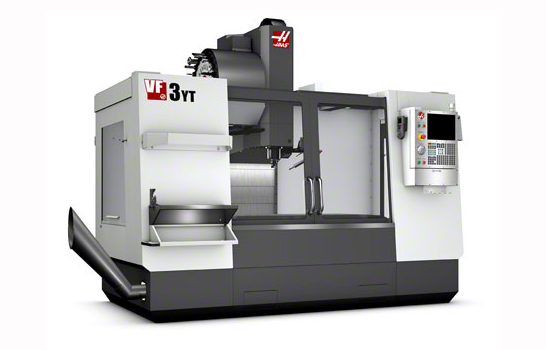CNC Milling In California
Introduction
Milling is a machining method that includes shaping a workpiece with cutters mounted on a moveable tabletop, but some milling machines feature moving cutters. Milling began as a manual operation carried out by humans, but CNC mills, which utilise a computer to control the milling process, currently conduct the majority of milling. If you are looking for the best milling, PFMG is the best CNC Milling in California.
Manual milling is still helpful in some instances, despite the fact that CNC milling in California offers higher precision, accuracy, and production rates. Faster turnaround times are possible with manual milling, which requires a high level of technical ability and experience. It also has the benefit of being less expensive and not requiring the user to programme the gadget.

What basically is CNC Milling and how does it functions
CNC milling, also known as computer numerical control milling, is a machining technology that produces a custom-designed part or product using computerised controls and spinning multi-point cutting tools. This method can be used to machine a wide range of materials, including metal, plastic, glass, and wood, as well as custom-designed components and products. If you are looking for CNC Milling in California, PFMG is ideally the best option.
Mechanical, chemical, electrical, and thermal activities are all part of precision CNC machining services. CNC milling, like drilling and turning, is a mechanical machining operation, meaning material is mechanically removed from the workpiece, such as by the milling machine’s cutting tools.
The design of a 2D or 3D CAD component is the first step in the CNC milling process. CAM software converts the design to a CNC-compatible file format and converts it into a CNC machine programme, which controls the machine’s operations and tooling movements over the workpiece.
The operator must first set up the CNC milling machine by attaching the workpiece to the work surface (i.e., worktable) or workholding device (e.g., vise) and the milling tools to the machine spindle before initiating the CNC programme.
The CNC milling process includes horizontal or vertical CNC-enabled milling machines, as well as spinning multi-point (i.e., multi-toothed) cutting tools such as mills and drills, depending on the specifications and requirements of the milling application. When the machine is ready, the operator inserts the programme into the machine interface and commands the machine to begin milling.
CNC Milling proceedings
When the CNC milling process begins, the cutting tool is rotated at millions of revolutions per minute by the machine (RPM). As the tool cuts into the workpiece, the machine will do one of the following actions to generate the appropriate cuts on the workpiece, depending on the type of milling machine utilised and the milling application requirements:
- Slowly feed the workpiece into the spinning, fixed tool.
- Move the tool across the workpiece that isn’t moving.
- In relation to one another, move the tool and the workpiece.
CNC milling in California by PFMG, in contrast to manual milling, feeds movable workpieces with the cutting tool’s rotation rather than against it and hence is a better option.

